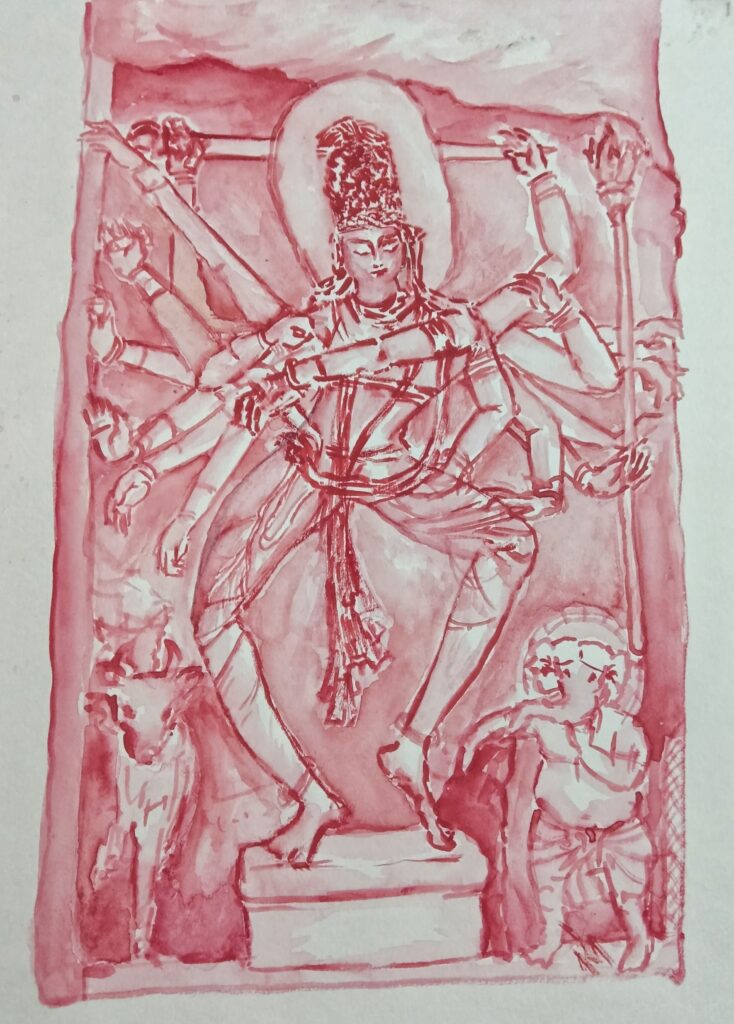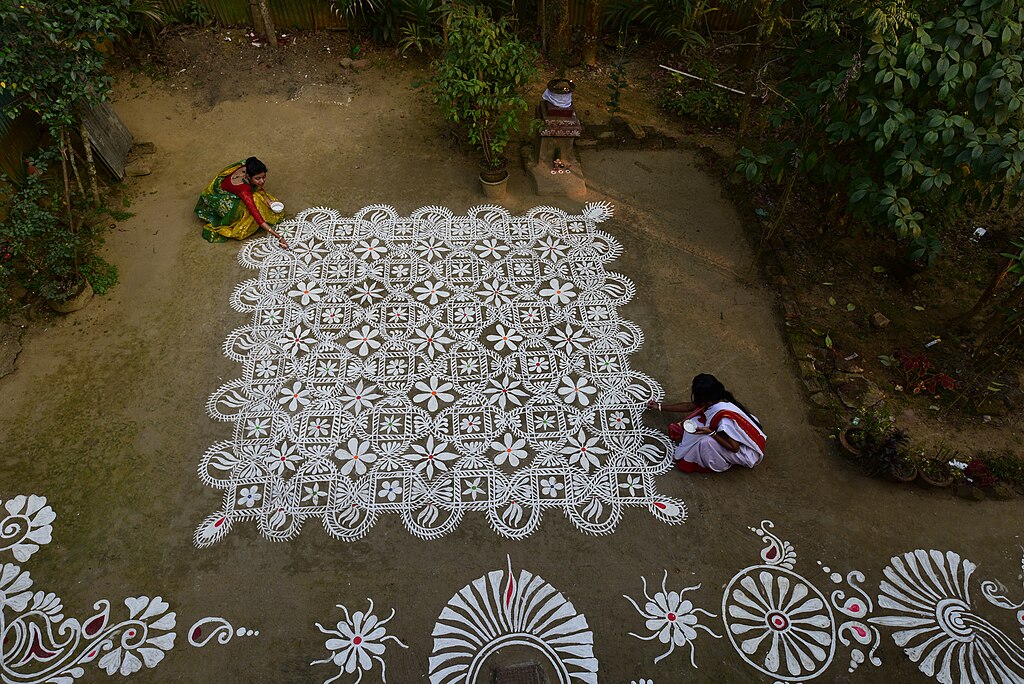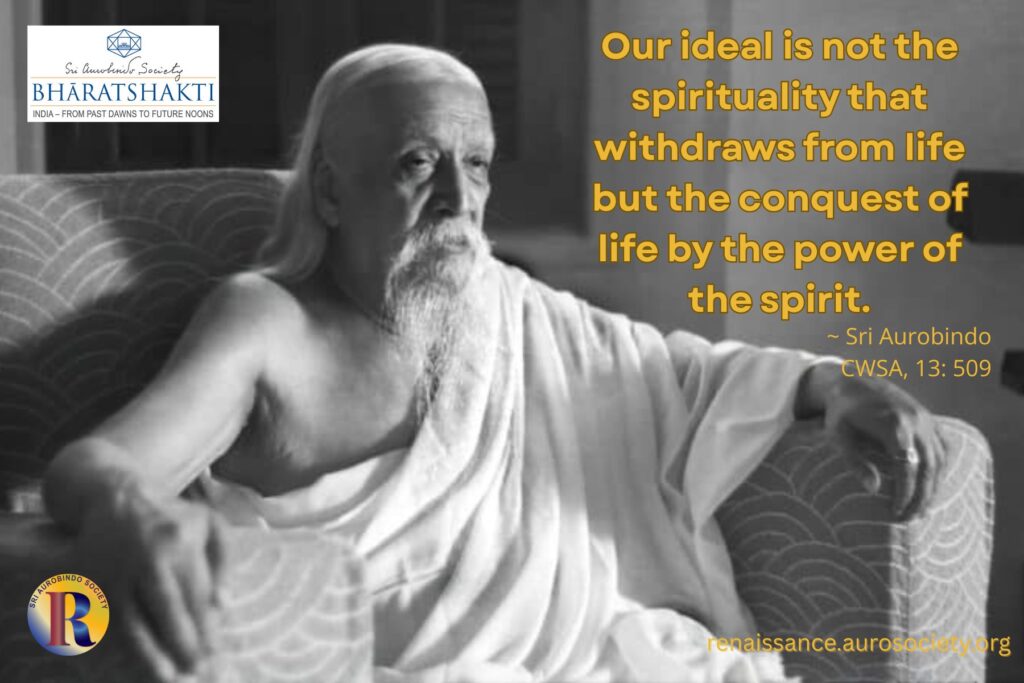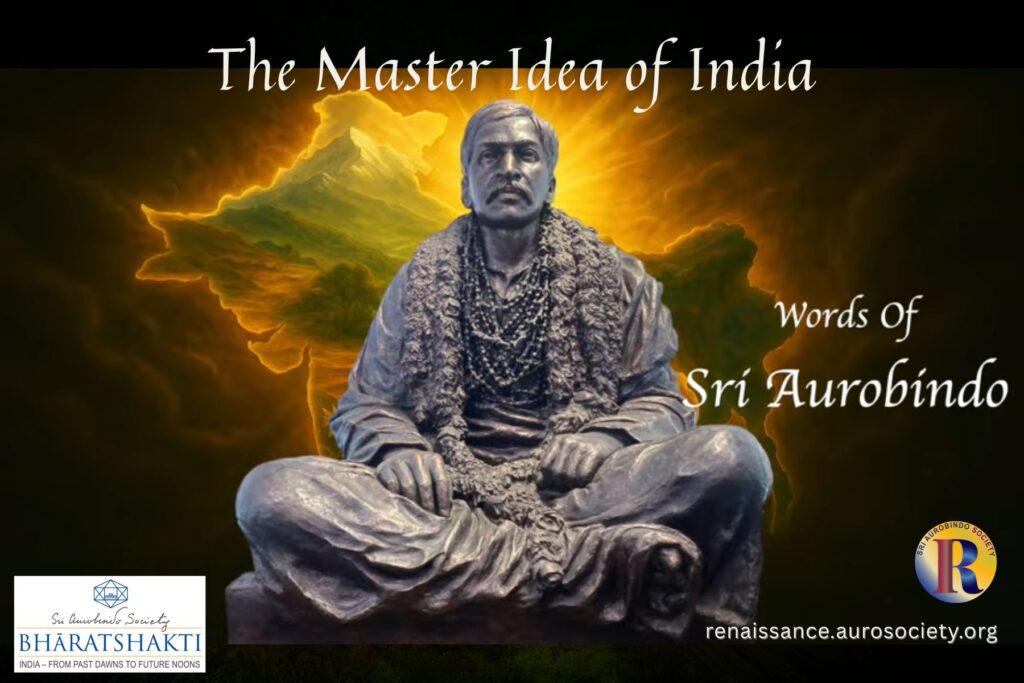Volume V, Issue 11-12
Author: Narendra Joshi
Editor’s Note: The author summarizes a few essential points regarding the Indian vision of Culture and Art. He reminds us that the Indian view of Art arose from her integral vision of Life and Existence. From this emerges an attempt to organize human life which allowed harmonizing the diverse and seemingly contradictory propensities and tendencies in one united whole. Such a vision acknowledges and celebrates the value of Art as a means to refine one’s nature and prepare for a higher life, which is also the true meaning of culture.

It is an accepted truth that we cannot go against our own nature. Modern psychology speaks of various physical and psychological diseases which occur due to suppression of natural desires and one’s own nature. Thus suppression is not a solution, at least for the majority of people. Desires suppressed bring pestilence. Nature should be turned upwards to become Culture.
Saṃskṛti and Saṃskāra
There is a right way, right attitude to do every action, no matter what it is. Only then that pursuit will become culture. Culture is expression of “consciousness of life,” says Sri Aurobindo (CWSA, Vol. 20, p. 106). This expression covers all the aspects of human life, individual as well as collective, mundane as well as spiritual. It covers life as a whole — religion, philosophy, science, technology, literature, painting, sculpture, dances, dramas, social structure, economics, politics, etc.
D.B. Thengadi in his book titled Hindu Kalā Drishti lists several parameters of the term saṃskṛti (culture). The long list includes geography, environment, agriculture, education, politics, economics, codes of morality, morality, religion, arts, romance, human relations, law and order, history, sociology and more. Education, as it is today, deals with compartmentalized study of many of these parameters, but mostly at mental level. But culture aims at a holistic approach to mould not just mind and body but also deeper levels of the being.
The tool used for such an elevation of consciousness is saṃskāra. It is essentially a scientific way of repeating the things till they become automatic, subconscious responses for any future stimulus. Arts help cultivate right saṃskāras, more than mere mental study or mechanical repetition of the rituals or even a study of the scriptures. They allow one to rise in one’s nature without experiencing any drying up of the Rasa or sap of the truth of life and nature.
Three Purposes of Art on Renaissance Podcast
PART 1 PART 2

The Dance Begins
Ananda Coomarswamy in The Dance of Shiva reminds that dance came into being at the beginning of all the things. Dance is thus a manifestation of the primal rhythmic energy. Primeval dancing was clearly set forth in choral dance of constellations, planets and fixed stars, their interweaving and interchange and orderly harmony.
In the Nataraja image drum symbolizes creation, hand represents protection, fire means destruction, and foot aloft symbolizes release. Divine is thus a dancer, who like the heat latent in firewood, diffuses his power in mind and matter and makes them dance in their turn.
Coomaraswamy further explains that there is no negation in this primeval dance, and all is harmonized. All the forces of life are grouped like a forest. And its thousand waving arms are led by Nataraja, the master of dance. Everything has its place, each being has its function, and all take part in the divine concert. Their different voices, their very dissonances lead to the most beautiful harmony.
Harmonizing the Opposites
In the West, cold hard logic isolates the unusual, shutting it down from the rest of the life into a definite and distinctive compartment of spirit. But India has been ever mindful of the natural difference in souls and philosophies. And so she endeavors to blend the usual and the unusual into each other, so as to recreate in its fullest perfection the complete unity. Matching of the opposites creates true rhythm of life.
Spiritual purity may not shrink from allying itself with sensual joy. Even the highest sexualism may be joined with the highest wisdom. The amazing Sahaja tradition is an extreme example, a paradoxical challenge where opposite forces are mated. In many masterpieces of Indian art we see beauty wedded to science or to religion. The Indian knows that the harvest of intensely lived life is invariably garnered from the intermingling of many different seeds.
Coomaraswamy emphasizes that the essential contribution of India is simply her Indianness. The heart and the essence of Indian experience is to be found in a constant intuition of the unity of all life. India has passed through many experiences and solved many problems which younger races have hardly yet recognized.

Organize the Life in the Light of the Highest Purpose
Everything that India offers to the world proceeds from her philosophy. This philosophy is not unknown to the others, but nowhere else has it been made the essential basis of sociology and education. Hindus grasped more firmly than others the fundamental meaning and purpose of life. And, more deliberately than others, they organized society with a view to attainment of the highest purpose and fruit of life. This organization was designed not for the advantage of any single person or class. Rather, to use a modern terminology, its design was to take from each according to his capacity and to give to each according to his need.
In the Indian organization of life, provisions were made for interests and activities of spiritual immaturity. Elsewhere, there would have been a division between sacred and profane, church and society. But such a thing was never allowed to happen in India. The philosophy of swadharma ensured that neither puritanism could force asceticism on everyone nor industrialism forced self assertion and competition for all. Those with Brahmin temperament understood self realization as the aim of life, but they also understood that it will be illogical to impose it on all who are not yet weary of self-assertion.
Preparation for an Artist and a Rasika
Educational vision ensured that for every type of activity and pursuit, corresponding ethical-moral-psychological training was given. All knowledge is directly available to a concentrated mind, when senses are not intervening. Thus, invoking the deity through a dhyana mantra, visualization, worship, penance at a solitary place, or a sudden flash of idea in dream — these were offered as important means for an artist and yogi (many times they were considered as one).
An artist or a shilpi was also required to develop good character and conduct himself appropriately. He was supposed to be a learned person, having acquired knowledge of Atharvaveda, shilpshastras and Vedic mantras. It was also expected that an artist would have faith in God, devotedly worship, wear sacred thread and kusha. He was expected to be a good human being, faithful to his family, not given to anger, jealousy or pride. An artist was also supposed to be charitable, self-controlled, devout, not anxious for competition, and capable of working in silence and solitude. Typically trained by father and other members of a guild, an artist was protected by king.
Art was thus expected to be a passage for a higher life.
Vision of beauty is enjoyed by those who are competent to do so. Aesthetic experience is beyond good and evil, beyond a definite moral purpose, that is why puritanists are afraid of arts. All architecture is what you do to it when you look upon it. All music is what awakens in you when you are reminded of it by instruments.
The true critic, rasika, perceives the beauty of that, of which artist has exhibited the signs. Preparation is necessary to appreciate it. Coomaraswamy explains that if beauty awaits discovery everywhere, it means that it waits upon our recollection, in aesthetic contemplation as in love and knowledge. When we truly experience beauty, we momentarily recover the unity of our being released from individuality.

Also read:
Power of Art – A Poet’s Call to Create Art of a New Kind
A Reminder
If such has been the vision of Art in India, why do we see such a decline in the aesthetic sensibility and the overall artistic culture in India? The answer, according to Coomaraswamy, is that there cannot be a continuous progress in art. As soon as a given intuition has attained its perfectly clear expression, what follows and remains is only an attempt to multiply and repeat this expression. This repetition may be desirable for many reasons, but it almost invariably involves a gradual decadence because we soon begin to take the experience for granted.
I close with a reminder and a call for meaningful Arts Education found in this observation by Coomaraswamy,
“The vitality of a tradition persists so long as it is fed by the intensity of imagination.”
The Dance of Shiva, p. 45
About the Author:
Dr. Narendra Joshi has a Masters in Production Engineering and a Doctorate in Sri Aurobindo Studies. He presently serves as the Project Director of Vivekananda Prabodhini, Mumbai, and Chief Editor of a magazine ‘In quest of Bharatiya Shikshan.’ With over 33 years of experience in industry, academics and research, he is also a passionate illustrator and uses several mediums.



